THE ERSTWHILE VILLAGE OF HUR - Fading Even More
CAUTIOUSLY REMEMBERED BY HUR HERALD SINCE 1996
RECORDING THE LIFE AND TIMES IN SUNNY CAL
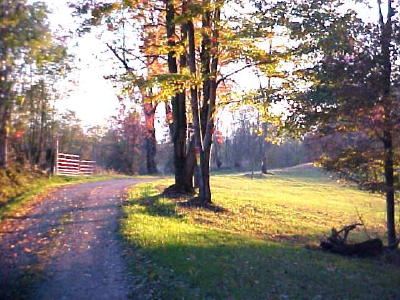
Life moves slowly in downtown Hur and the
nearby ridges upon which many families once lived
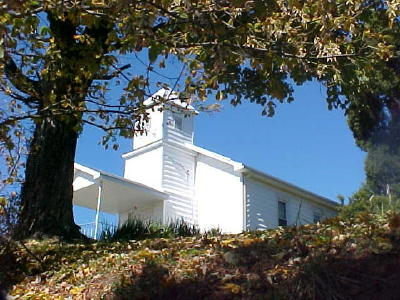
Mt. Olive United Methodist Church, the third church
erected on this site since the original log cabin in 1879, is now closed
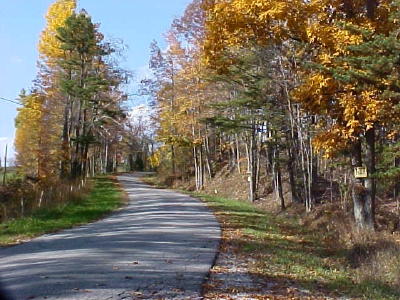
The road is now paved up the hill to the long-gone village, near the four-way intersection of Rowels Run, Slider (Dennis) Fork and Pine Creek Road, where dozens of kids once boarded Kelsey Dawson's "home-built" school bus, the kids sometimes huddling beside a huge bon-fire to keep warm during winter months
By Bob Weaver
We take time to remember the Village of Hur, the corporate headquarters of the Hur Herald, as it has stopped its 25 years of reporting news and continues to present people and history tales.
Hur is on the back road from Mt. Zion, three miles off Route 16, near Pine Creek Road or Barnes Run.
It was my world in the last century, and still is today. In times past, a few dozen neighbors were connected by a dusty road and wooded paths.
The village is now a shadow of its former self.
Life may have been difficult and laborious, but it was not complicated.
It was connected to the gifts of life, nurtured by that which was grown by hand and distributed by family and neighbor. People counted because their numbers were small.
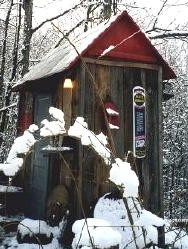 Since the Hur Herald was launched in 1996, lots of people have come to visit the village, sometimes from far away places. One Memorial Day, two cars pulled up, both out-of-state, and the occupants piled out to knock on the door to request a tour of our outhouse. We obliged.
Since the Hur Herald was launched in 1996, lots of people have come to visit the village, sometimes from far away places. One Memorial Day, two cars pulled up, both out-of-state, and the occupants piled out to knock on the door to request a tour of our outhouse. We obliged.
The Hur Herald outhouse was the topic of discussion on National Public Radio and featured in several newspapers and on regional TV.
In more recent years, writers, reporters, photographers and TV crews have come to Hur and the county to experience the rural life. Many of them want to meet the local characters, but must of them have moved into the after-life.
What visitors really think about the long-gone village is pretty fuzzy, but most likely their expectations escape reality. Some report it was just like they imagined, as rural as rural can be, few inhabitants and some fallen-down buildings from days gone by. Many urban dwellers are horrified by the narrow, crooked road.
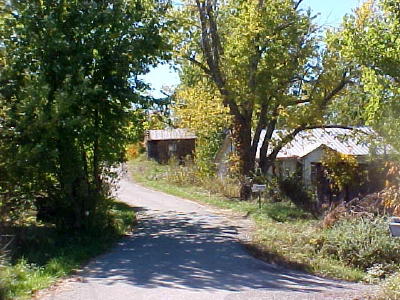
The Hur Telephone Company, located in the falling-down house to the right, stretched its wires for dozens of miles toward Annamoriah to Richardson, the People's Store once stood next door, with the Methodist parsonage and the Sturm's grist mill up the hill
In the first published Herald paper in 1996, we acknowledged that Hur is long-gone, that it stands on the edge of memory. Even the paint on the Hur sign had peeled.
In its heydey there were never more than 50 residents. To get that count now, we've had to expand the boundaries a couple miles.
Now, since 2021, we have experienced the deaths of several of our stalwart residents, the numbers ever shrinking.
On warm summer days, visitors can continue their tour out the Kerby and Husk Ridges, or around the Joker. They will be enlightened with the absence of civilization and awed by the presence of creation.
Visitors come to hear the spinning of a tale or to take photos out the Husk, or more recently to capture Joker, a Hur suburb, for a best-selling photo book by Gary Gladstone. Gladstone goes to places off the beaten path. Village Of Joker Making Strange Name Book
Before she passed, the long-time editor of the Calhoun Chronicle, the late Mary Ann Barrows, often said "Well, you've put Hur on the map, if nothing else. But the Hur Herald will just cause you trouble," alluding to the fact most people don't like to have their name in print when it casts a negative image, and they generally kill the messenger.
She has been pretty much on the money.
Since we took the photo that is on the front page of the Herald about 1990, much has changed. The first edition reported the demolition of the old outhouses at the Mt. Olive Church. Since then a couple more buildings have fallen down, two houses have been demolished, another burned and a couple more about to go.
The coming of the ice storm in 2003 dented the beauty of the woods, for now.
But it is the passing of nearly every old-timer from our youth that is the greatest change. We nurtured the delusion they would live forever, like Lula Hughes who lived to be over 100.
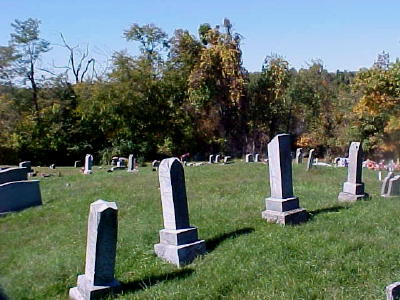
Our most notable citizens still reside in Hur,
the cemetery that is, stalwart men and women,
and lots of children that didn't make it through the epidemics
The McCoy Store, the last of three general stores, went out of existence with the death of Scottie McCoy in 1995, ending a hundred years of operation.
In the first printed edition of the Herald we wrote about "The Ghost of Scottie McCoy" which appeared at the auction of the McCoy store and estate. She was heard to ghostly cry out, "What are you doing with mother's things?" The auction likely drew more people to the village than any other event, including funerals and revivals of days gone by.
Feisty Scottie, was known to have funeral wakes for her pet chickens.
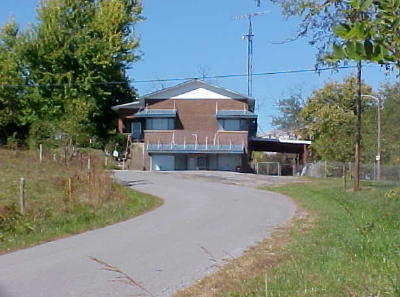
The last McCoy Store building, one of three that graced the village,
first started by brothers Everett and John McCoy in 1895
Hur, a post office until the early 1950's, was named for the novel "Ben Hur," after a local resident who obsessively read it and offered it up for the P.O. name about 1890.
The village's other emporiums included the People's Store, operated by Will Sturm, a well-known Calhoun County politician, often described as a rabid Democrat. He kept it going for nearly 40 years, closing in 1948.
Another store was in the IOOF Lodge Hall and post office building, operated in the early part of the 20th century by the Umstead's and Bell's, but later owned by Hess and Lizzie Reynolds.
That building burned in 1929 and the goods and post office were moved into the Reynold's house next door.
Two of Hur's stores had grist mills, one owned by McCoy and the other by Sturms. The village was once tied together by a board walk, extending from the McCoy Store, up the hill past the church and cemetery, past the Reynold's Store (Umstead-Bell), the Will Sturm house and store, the Hur crank'em up telephone company and up the hill to the parsonage and Sturm's grist mill.
The crank'em up phone switchboard had customers miles away, to Annamoriah, Cremo, Creston, Egypt Ridge and Richardson.
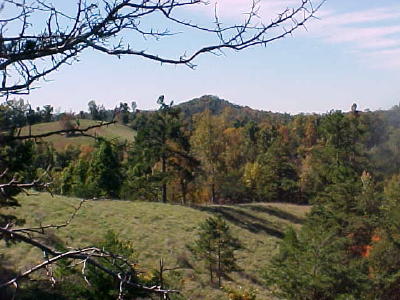
The world in Hur was barely more than one could see in the last century, the distant ridges and dark hollers, shown here Pulcer's Knob, out the Husk, named for AWOL Civil War soldier Pulcer McCune
The Hur one-room school on the backside of the village burned to the ground in 1939 following a conflict over who would be the teacher.
Uncle Charley Starcher's blacksmith shop was nearby, closing its doors about 1940. It has now been moved to the Calhoun Park, donated by Hur residents, Lewis and Dottie Slider.
Uncle Charley also had a store close to the village, down on Slider (Dennis) Fork, the old structure no longer standing.
If you are unfamiliar with Hur and Calhoun County WV, we hope you'll learn a few good things and enjoy a visit with us, at least on the Internet.
Since the late 1990s we've published the Hur Herald daily (sorta take off Saturday) under circumstances that people in the urban world would go stark-raving-mad. Access to real high-speed broadband has been a dream.
During many of those years while producing the Herald, we'd go mow the lawn or cook supper while uploading a photo.
During 2018-19, the Herald has reached a high with readers, mostly "old" and working people who get up early with a readership spike between-6-7 a.m.
We'll likely still be hanging out for a while, enjoying the silence, and ridge-running the backroads, and doing the Herald.
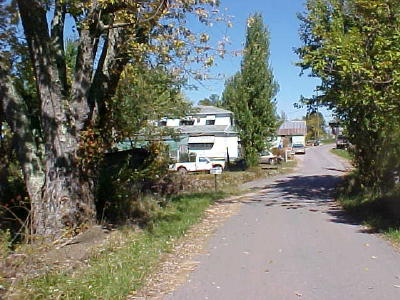
The Reynolds house, now owned by Kevin and Ronda
Kerby Rose, was the site of the last post office
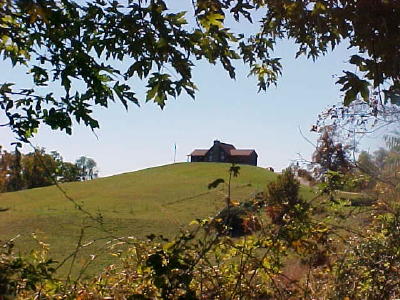
There are signs of modern times in Hur, the home
of late Lewis and Dottie Slider atop Hur's highest hill